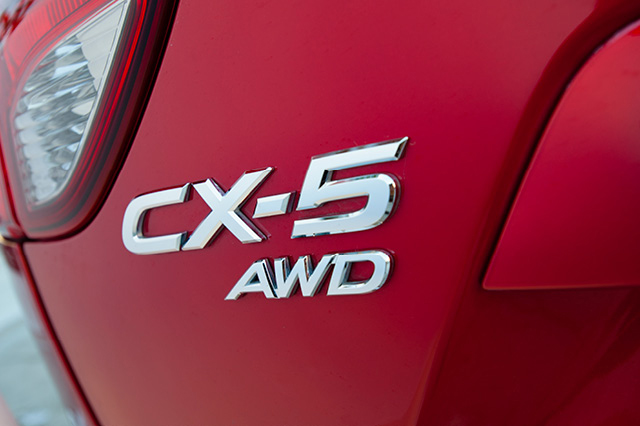Four-wheel drive. All-wheel drive. What does it all mean? Is either one worth the money?
Here’s a brief explanation of what each type of drivetrain can do with a good set of tires.
Front-Wheel Drive
Most sedans have front-wheel drive because it’s cheaper to design and build. In this system, engine power is transferred to the front wheels, which then steer and propel. This usually results in better traction than rear-wheel vehicles – especially in rain and snow – but worse handling. Front-wheel drive is lighter, too, which improves fuel economy.
Rear-Wheel Drive
Traditionalists will tell you real sports cars are rear-wheel drive, said AAA’s Car Doctor John Paul. The rear wheels push these vehicles. This helps with acceleration and cornering capabilities. The downside is rear-wheel drive adds cost, plus the driveshaft often requires a hump in the cabin floor of passenger cars.
All-Wheel Drive
Like four-wheel drive, all-wheel drive sends power to both front and rear wheels. The difference is the axles in all-wheel-drive systems can spin at different speeds. There are full-time all-wheel systems and automatic systems that conserve fuel by kicking in when extra traction is needed. The benefits include faster acceleration and better grip in the snow (but not invincibility!).
Four-Wheel Drive
Mainly found in pickups and off-road vehicles, four-wheel drive splits power evenly between the wheels, which helps in mud and snow and with towing. Most four-wheel drives can be turned off to save fuel, and have a low setting for even more power. Like all-wheel drive, these drivetrains add weight and cost to the car. Keep in mind automakers sometimes abuse the terms all-wheel drive and four-wheel drive for marketing purposes, Paul said, so do your research before you buy.
Are you shopping for a vehicle? Click here to learn how you can save thousands on a new vehicle or get used car discounts, too.










